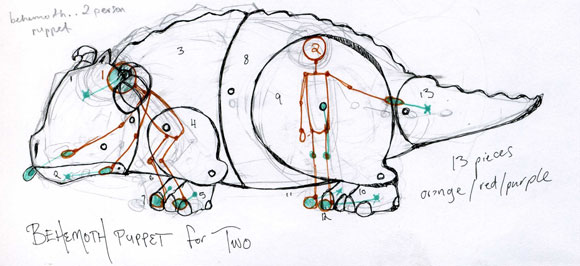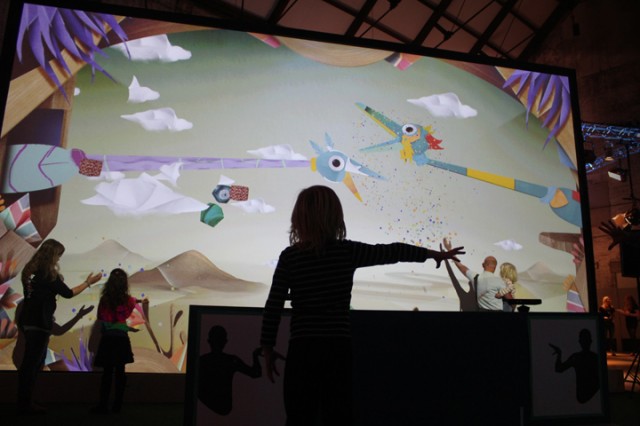Théâtre de Guignol numérique.
Guignol went to the virtual world. An impressive virtual puppet play developed by Wizarbox in 2009 for the Futur en Seine, an international digital festival in France.
They developed a virtual puppetry system using Wiimotes and Nunchucks as digital controllers plus voice for lip-sync.
Replacing the glove puppets by the video-game controller technologies, this theatre puts in scene virtual characters handled by the voice and the gestures of the puppeteer.
To meet one of the traditions of Guignol, a theatrical character created in the 19th century, Wizarbox developed 3D CGI characters that were very similar to the original ones for better identification. The way they were controlled was also similar to the way puppeteers handle Guignol puppets.
the public also had the opportunity to influence the story by interacting vocally with virtual characters.




